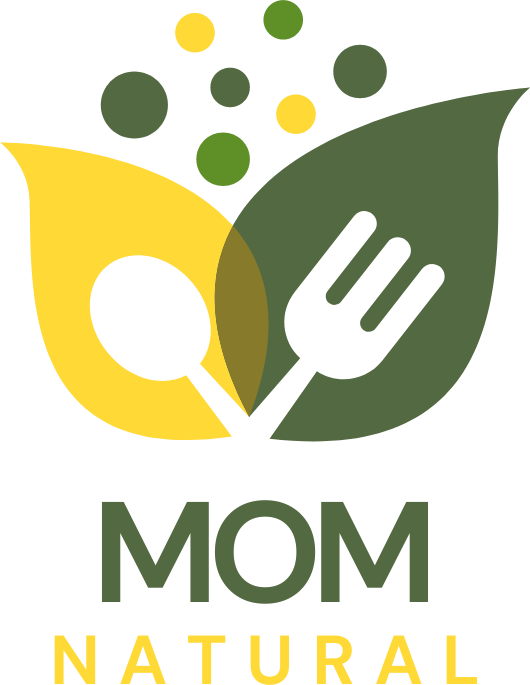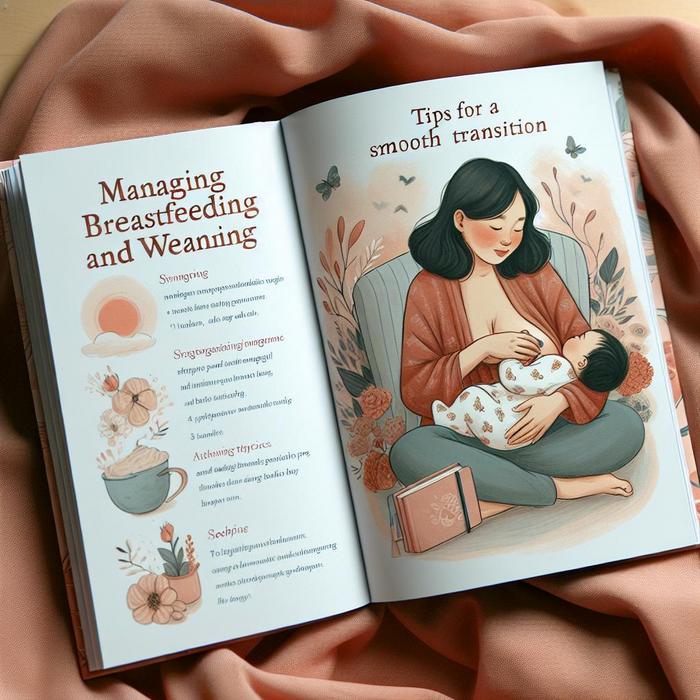Managing Breastfeeding and Weaning: Tips for a Smooth Transition
Understanding Breastfeeding and its Importance
Breastfeeding is more than just a method of feeding your baby; it is a commitment to providing the best nutrition for your child. The Centers for Disease Control and Prevention emphasizes the numerous nutritional, immunological, and emotional benefits of breastfeeding for both mother and baby.
In addition to these benefits, breastfeeding creates a unique and strong bond between mother and baby. However, the process is not without its challenges, especially when it comes to managing breastfeeding and weaning. But don’t worry; we are here to share some useful breastfeeding and weaning tips to make your journey smoother.
Managing Feeding Schedules
One of the major challenges many mothers face is managing feeding schedules. Here are some tips to help:
- Maintain a consistent schedule: Babies thrive on consistency. A predictable breastfeeding schedule will help your baby feel more secure and will make your days more predictable as well.
- Listen to your baby: Watch for cues that your baby is hungry. Early signs include rooting (looking for the breast with the mouth), sucking on hands, and becoming more alert. Crying is a late sign of hunger.
- Don’t hesitate to seek help: If you’re having trouble establishing a feeding schedule, reach out for help. Online resources like the Office on Women’s Health and the American Academy of Pediatrics have a wealth of information.
Introducing New Foods
The process of introducing new foods can be exciting but also a bit nerve-wracking for parents. Below are some tips to make this transition smoother:
- Be patient: It can take several tries before your baby starts to like a new food. Don’t get discouraged if your baby rejects a food at first.
- Start with small amounts: Initially, your baby may only eat small amounts of food. That’s completely normal. Gradually increase the amount as your baby gets used to eating solids.
- Follow a balanced diet: Aim to provide a balanced diet composed of a variety of fruit, vegetables, grains, protein foods, and dairy.
Learning more about mindful parenting can also help you stay patient and understanding during this process.
Soothing Techniques During Weaning
Weaning can be an emotional time for both mother and baby. Here are some soothing techniques to help ease the transition:
- Gradual weaning: Instead of abruptly stopping breastfeeding, consider gradually reducing the number of times you breastfeed each day.
- Comforting techniques: Use comforting techniques such as cuddling, singing, or reading stories to your baby. This will help reassure your baby that your love and care are not tied solely to breastfeeding.
- Use distraction: Implementing toddler activities that foster empathy and promote active engagement can be great distractions during weaning. Discover some effective ways of encouraging empathy in toddlers.
Remember, every child is unique and will handle breastfeeding and weaning differently. Be patient with your baby and yourself as you navigate this journey together.
Choosing the Right Time to Wean
Deciding when to wean your child off breast milk is a personal decision. Some parents choose to start weaning once their child starts eating solids, while others may wait until their child is a bit older. Here are a few tips to help you decide when to start the weaning process:
- Consider your baby’s readiness: It’s important to watch for signs that your baby is ready to be weaned. These might include decreased interest in nursing, or an ability to drink from a cup and eat a range of solid foods.
- Keep in mind your wellbeing: Your own physical and mental health is important. If breastfeeding is causing you distress or discomfort, it might be time to start the weaning process.
- Understand that it’s a process: Weaning usually isn’t an sudden event, but a gradual process. Gradual weaning allows your child to adjust to the change in their feeding pattern and gives your body time to adjust its milk production.
Consulting with professionals, such as lactation consultants or healthcare providers, can also be beneficial during this period. A great online resource to learn about breastfeeding basics can be found on the WIC Breastfeeding website.
Health Benefits of Breastfeeding
It’s important to remind ourselves of the immense benefits of breastfeeding during this journey. As listed on the World Health Organization’s website, breastfeeding benefits the baby by providing vital nutrition, immune defense, and helping in the development of the baby’s jaw.
Breastfeeding also benefits the mother by reducing the risk of certain health conditions, such as breast and ovarian cancer and type 2 diabetes. It can also contribute to a bond between mother and child that provides a sense of emotional security.
Dealing with Common Challenges
Breastfeeding and weaning can be filled with many obstacles such as sore nipples, low milk supply, or dealing with biting. Here are some strategies to address these issues:
- To prevent sore nipples, ensure your baby is properly latched onto the breast. Switch between breasts each feeding to avoid prolonged pressure on one nipple. Opt for breastfeeding-friendly products like nursing pads and creams that can provide relief.
- If you suspect your milk supply is low, ensure to stay hydrated, get enough rest, and feed your baby often. This stimulates your body to keep producing milk. You can also seek advice from a healthcare provider or lactation consultant.
- Dealing with biting can be tough. Typically, a baby bites when teething. A teething toy before nursing might help, or try to nurse when your baby is sleepy and less likely to bite.
Handling the milestones of breastfeeding and weaning can be a testing yet rewarding journey. Cleveland Clinic provides comprehensive information on the benefits of breastfeeding, which could take some stress off during this period.
Additional Resources and Support
It can be helpful to join a breastfeeding support group, either in person or online, where you can chat and connect with other moms who are going through the same experiences. Parenting forums and websites can offer communal advice and might help you with troubleshooting any itching problems. You can also find more helpful advice about nursing on websites like WebMD.

